
AeroGenie: il tuo copilota intelligente.
Tendenze
Categories
Assessing Germany's Least Successful Aircraft
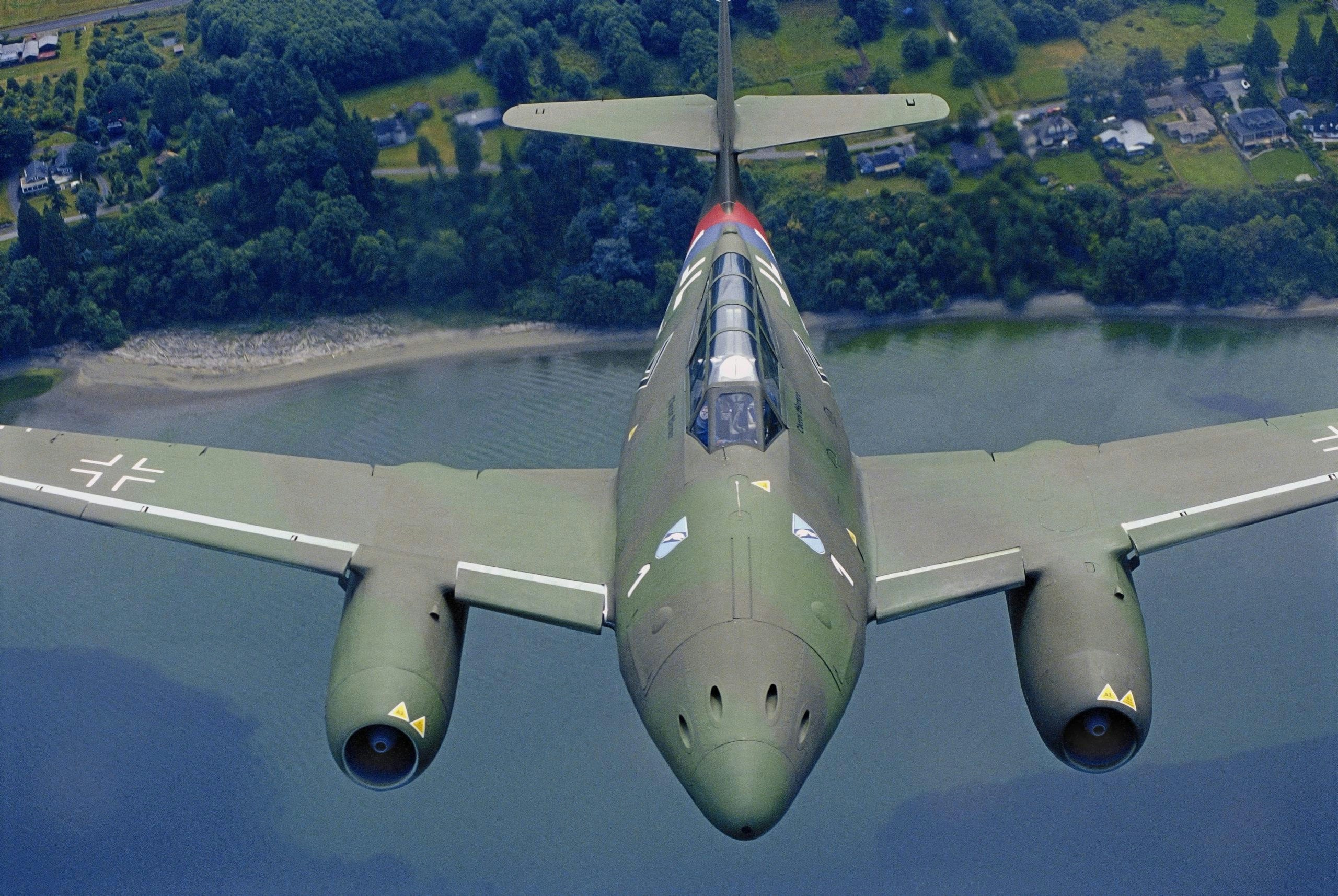
Assessing Germany's Least Successful Aircraft
Germany’s aviation history is a complex tapestry of pioneering achievements and notable failures. From the pioneering gliders of the Lilienthal brothers in the 19th century to the innovative yet often experimental rocket fighters and pulse-jet aircraft of the 20th century, German engineers consistently embraced bold and ambitious designs. While aircraft such as the Focke-Wulf Fw 190 and Messerschmitt Bf 109 earned legendary status, several other projects faltered, offering valuable insights into the technical and strategic challenges that continue to shape the aerospace industry.
The Messerschmitt Bf 210: A Promising Design That Fell Short
The Messerschmitt Bf 210 was intended to be a modern heavy fighter-bomber, embodying advanced design principles and superior performance. However, its operational reality was far less impressive. The aircraft suffered from being underpowered and exhibited dangerously poor handling characteristics, including a tendency to enter sudden and violent stalls. A chief test pilot famously described the Bf 210 as possessing “all the least desirable attributes an aeroplane could possess.”
The development process was protracted and costly, involving the construction of 16 prototypes and 94 pre-production models—significantly more than the relatively streamlined development of the successful Fw 190, which required only five prototypes and 28 pre-production units. Compared to the Bf 110, which it was designed to replace, the Bf 210 was slower, had a shorter operational range, and suffered from unreliable landing gear. These deficiencies led to the rapid withdrawal of most units from service within a month, with the Bf 110 resuming its role, now equipped with the Bf 210’s improved engine nacelles. The failure of the Bf 210 severely tarnished Willy Messerschmitt’s reputation and prompted calls for his resignation.
The Messerschmitt Me 321 and Me 323 Gigant: Ambition Meets Practical Limitations
The Messerschmitt Me 321 was an ambitious project aimed at creating a colossal glider capable of transporting armored vehicles and troops. However, its enormous size rendered it nearly impossible to tow into the air, even with the combined power of a Ju 90 airliner or, in a desperate measure, three Bf 110 fighters. Engineers experimented with unconventional solutions, including bolting two bombers together to provide sufficient towing power, but these efforts met with limited success. Rocket-assisted takeoffs were also trialed, yet the results remained unsatisfactory.
In response to these challenges, Messerschmitt developed the powered Me 323 variant, which could take off under its own power. Despite this advancement, the Me 323 was slow and cumbersome, making it highly vulnerable in contested airspace and limiting its operational effectiveness.
Broader Implications for the Aerospace Industry
The difficulties encountered with these aircraft underscore enduring challenges within the aerospace sector, many of which persist today. Modern aerospace projects face increasing vulnerability to supply chain disruptions, which are projected to delay production and impose costs exceeding $11 billion on airlines in 2025 alone. Such disruptions compel airlines to postpone fleet upgrades, often resulting in the extended use of older, less efficient aircraft.
Simultaneously, competitors such as SpaceX are rapidly advancing their technological capabilities, particularly within the context of geopolitical competition in space. These evolving dynamics are reshaping the aerospace market and influencing strategic decisions across both military and civilian aviation sectors worldwide.
The legacy of Germany’s least successful aircraft serves as a potent reminder that innovation inherently involves risk, and that the repercussions of failure can extend well beyond engineering setbacks, impacting industry trajectories, market conditions, and global competitive landscapes.
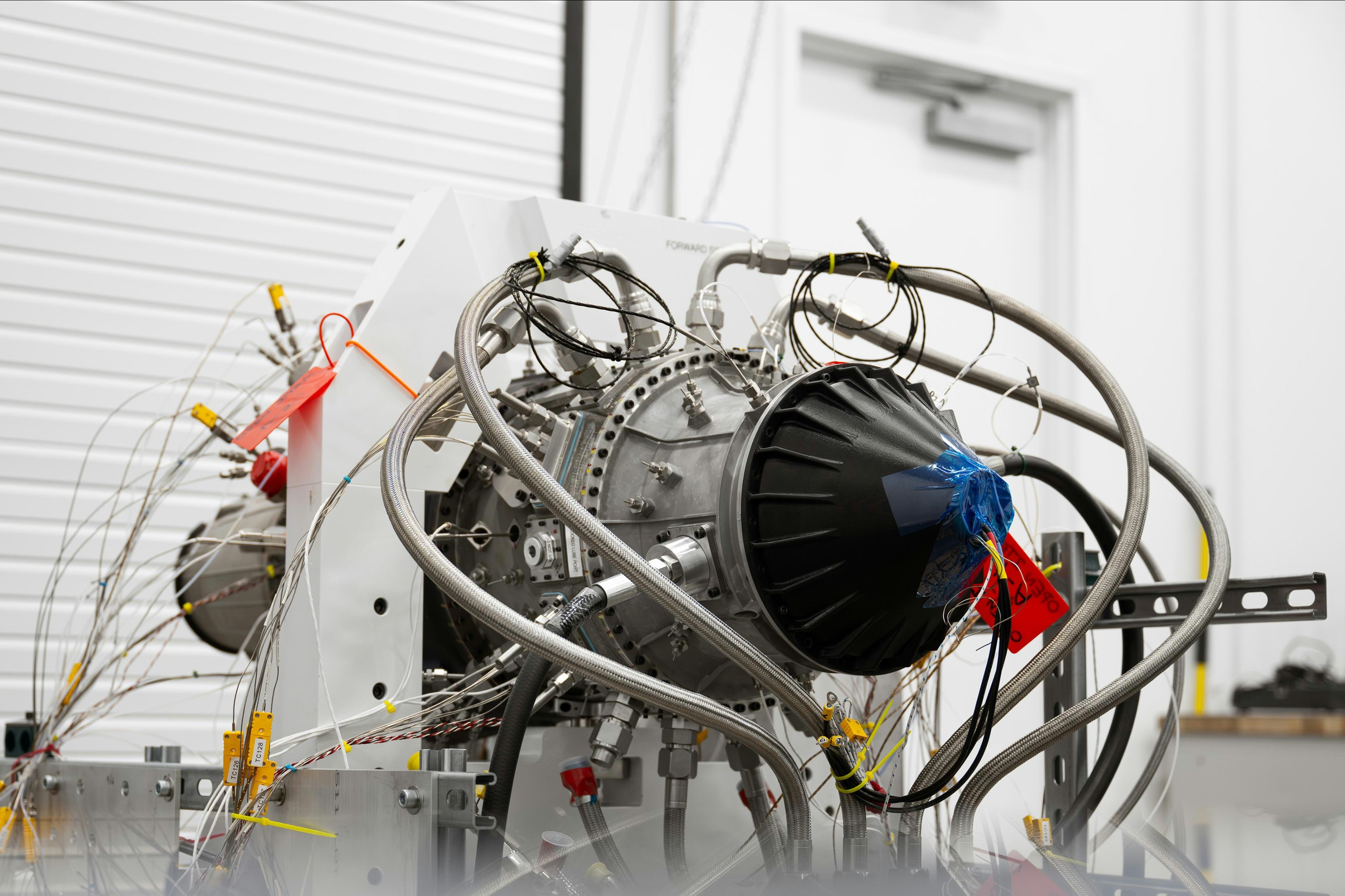
Beehive’s 3D-Printed Frenzy Engine Advances Toward 2026 Flight Tests

CAAM and CRRG Form Alliance in Aviation Aftermarket

AI and Digital Twins Enhance Airport Operations Amid Global Challenges
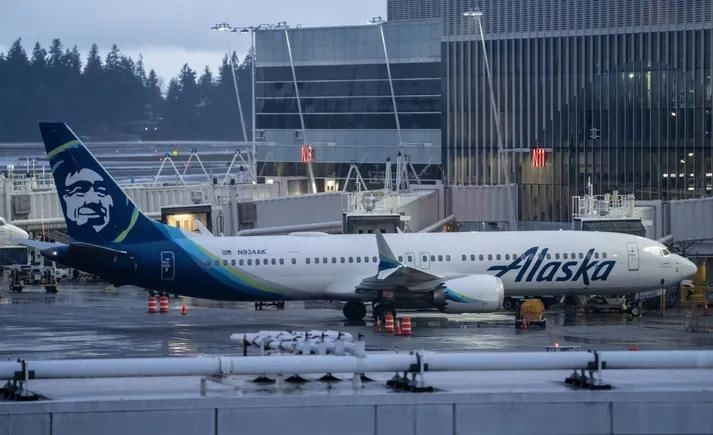
Alaska Airlines Introduces AI Tool to Simplify Trip Planning
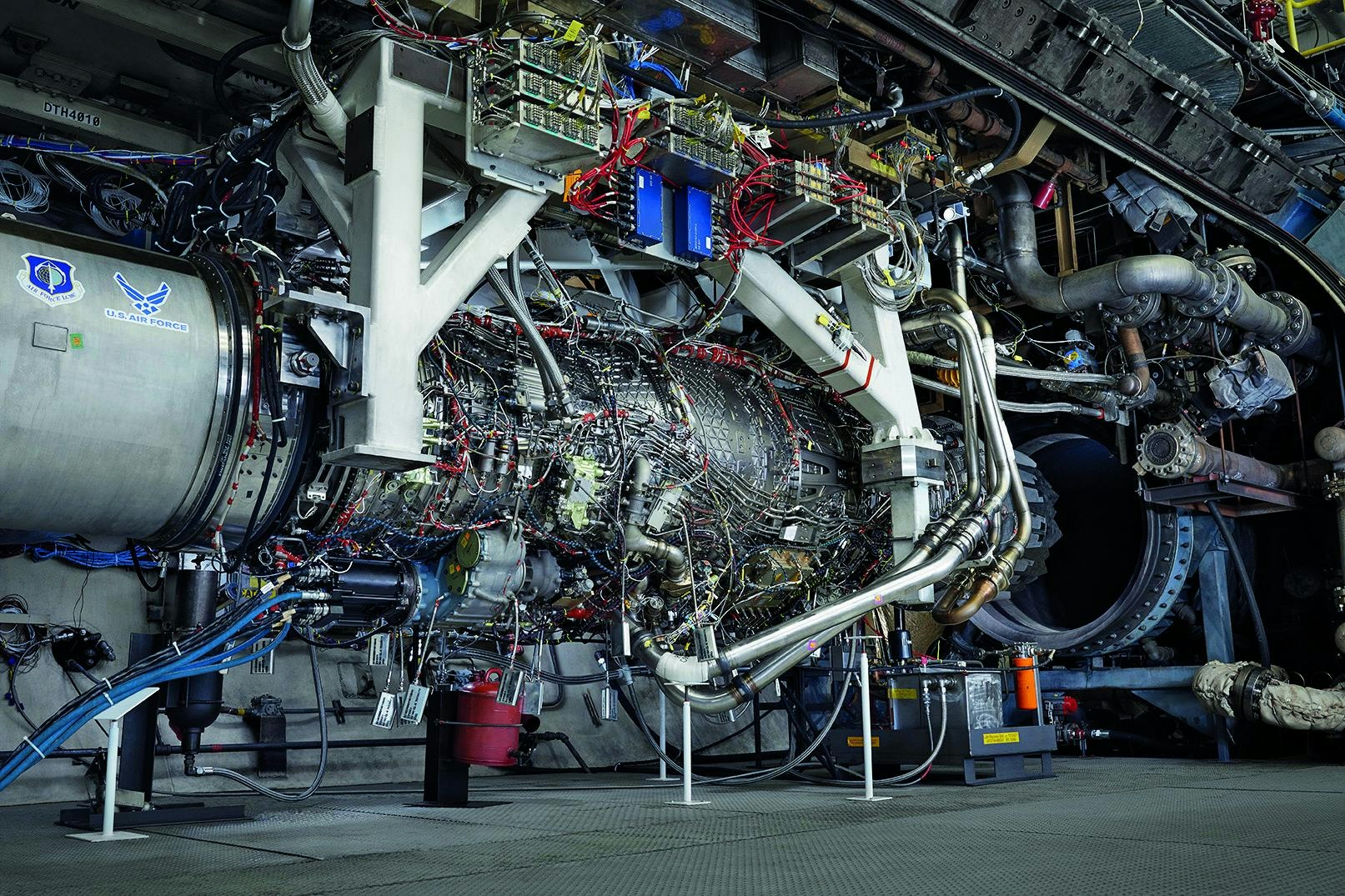
Seven Breakthrough Commercial Aircraft Engines
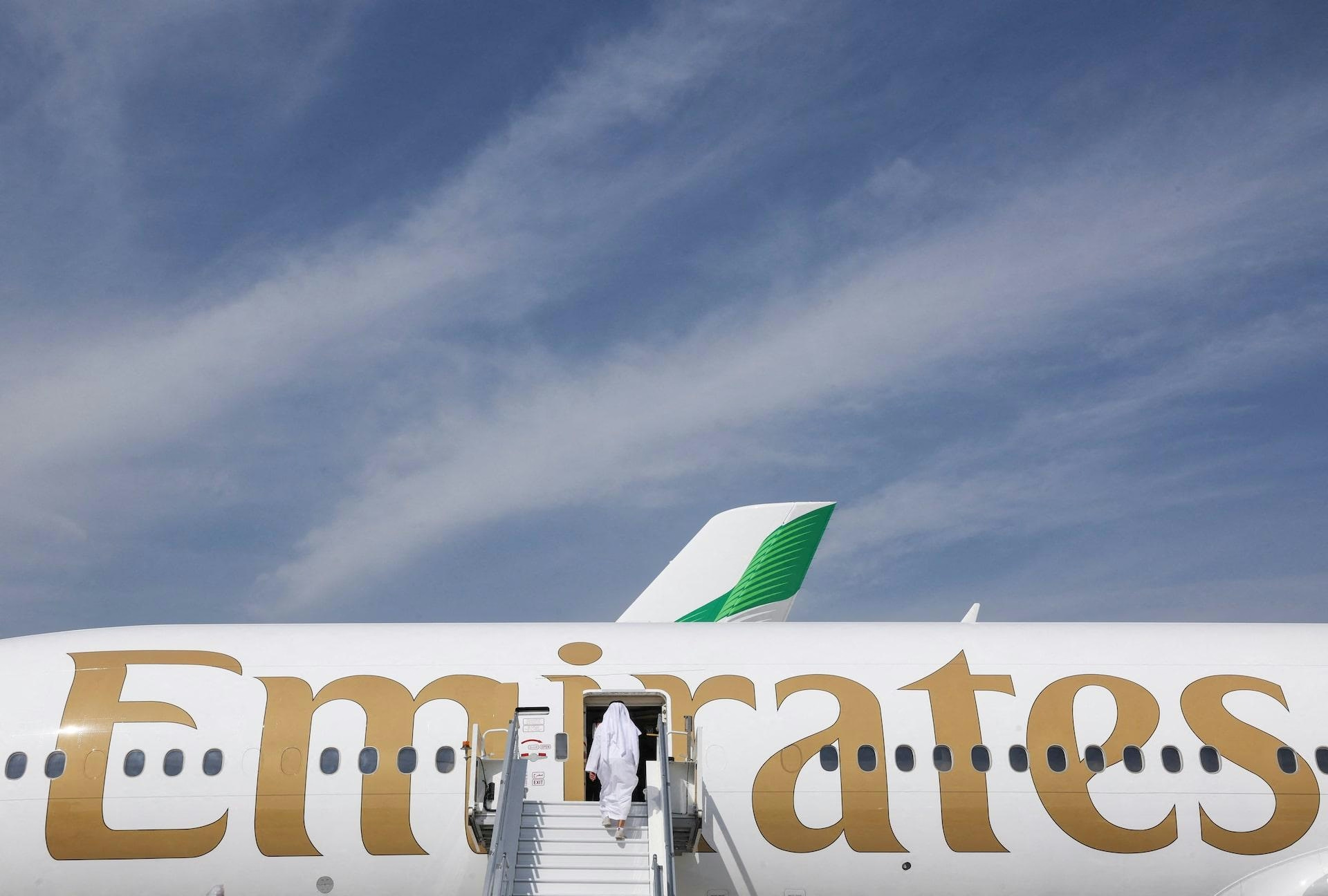
Can Emirates and United Airlines Help Boeing Outsell Airbus in 2025?
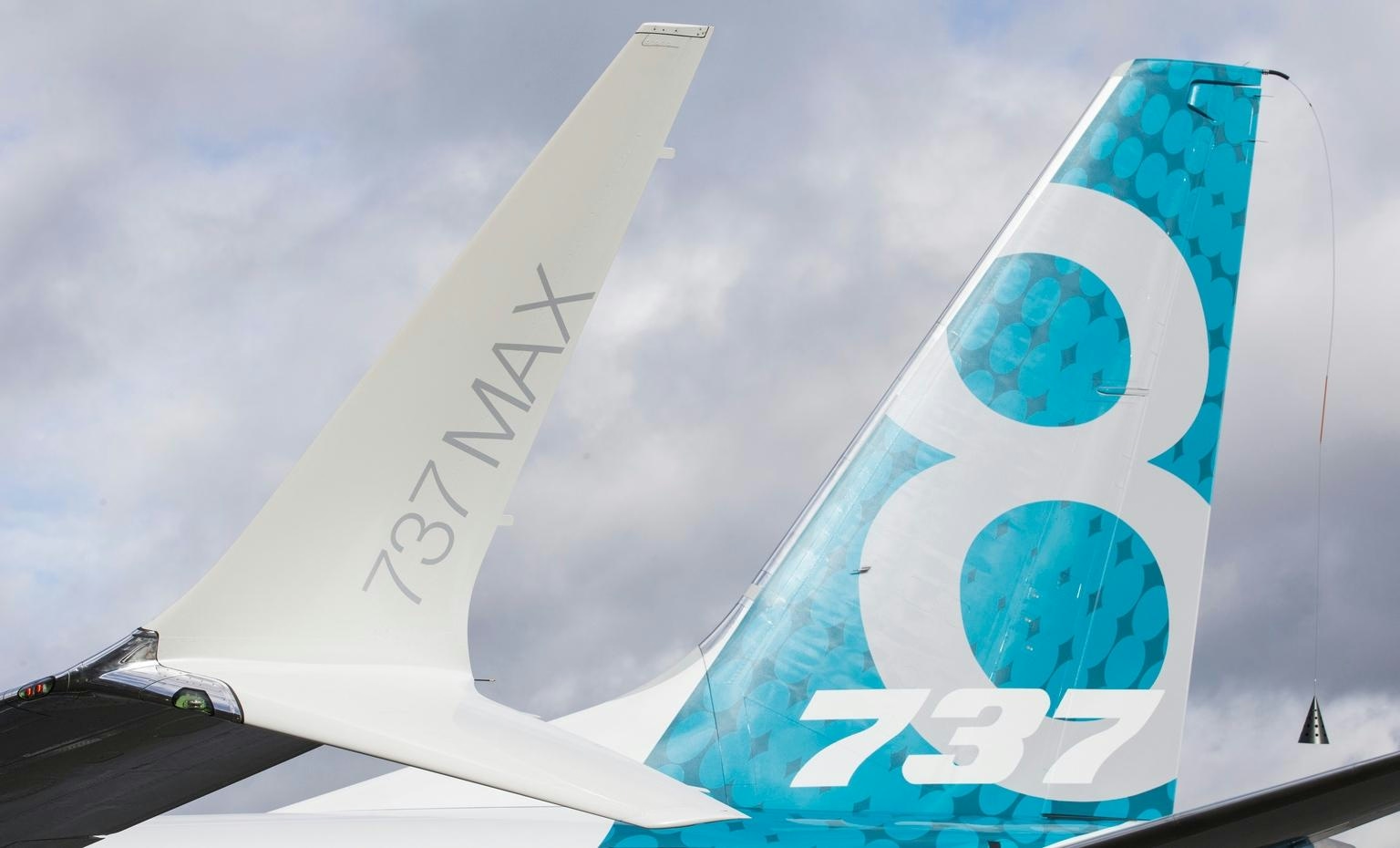
Airbus CEO Acknowledges Boeing May Lead in 2025 Orders
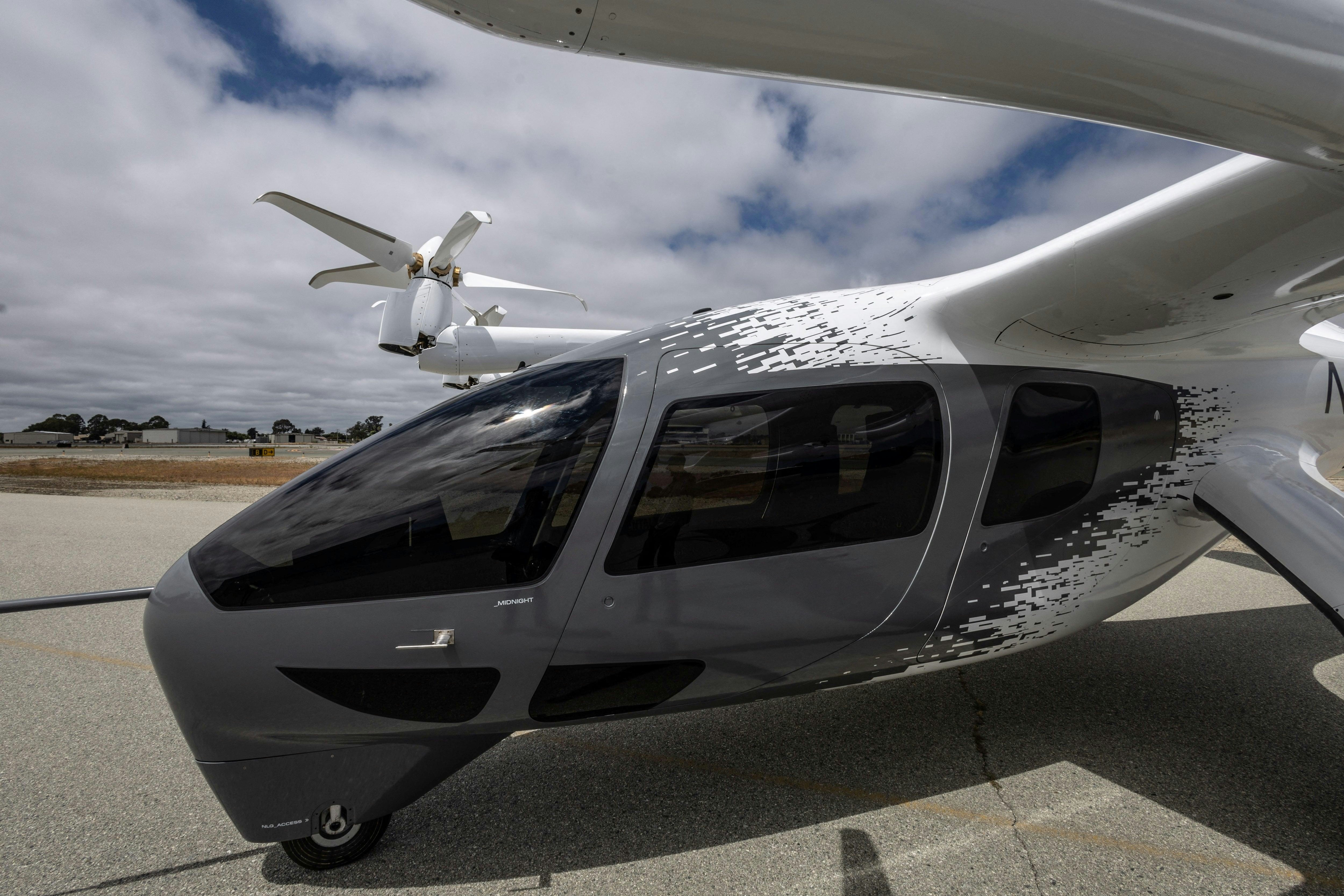
Los Angeles Introduces Air Taxis Ahead of Olympics

Willis Lease Finance Prices $392.9 Million in Fixed-Rate Notes
